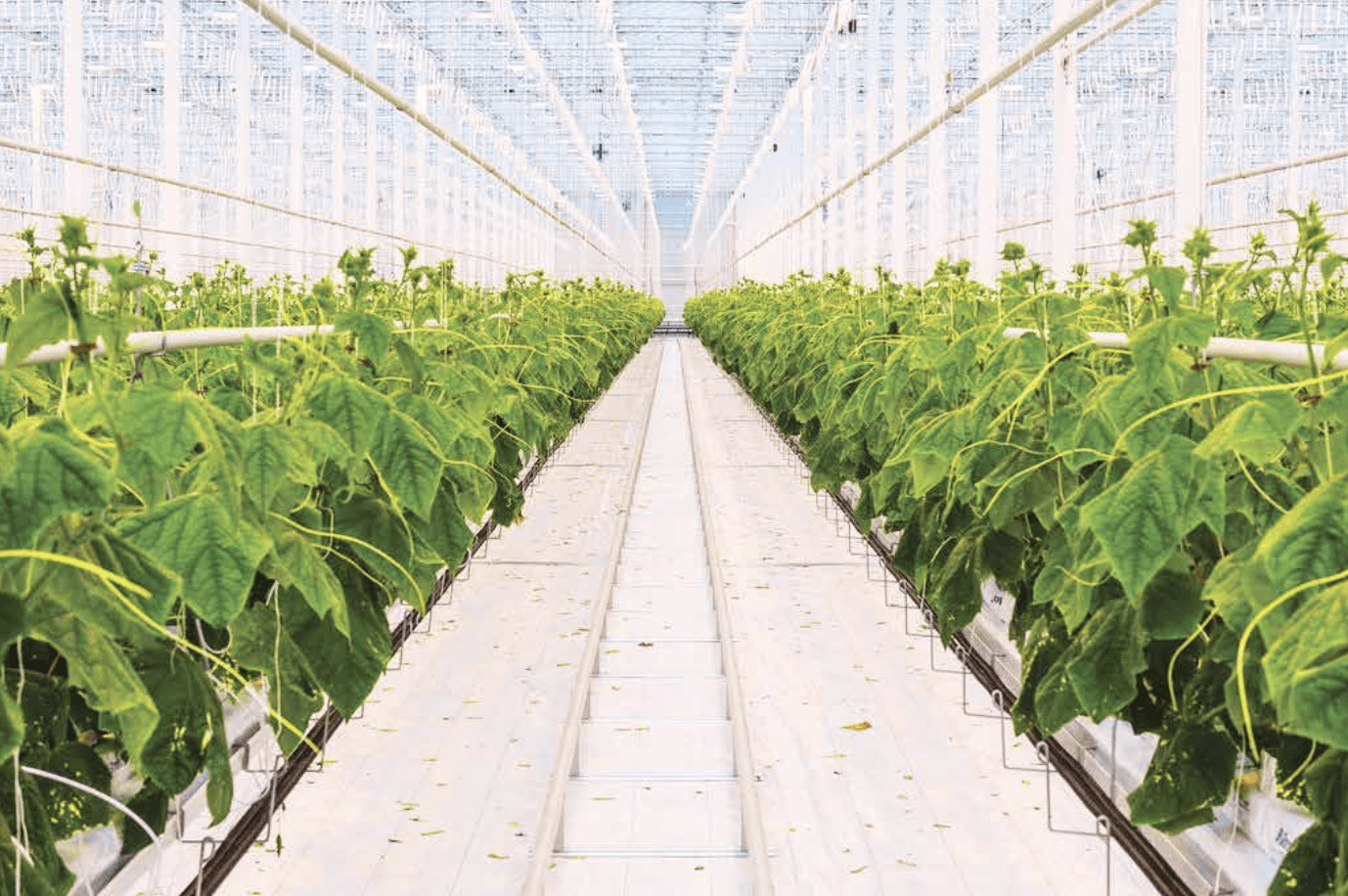Seeing the Forest for the Trees: Forestry Solutions for Canada’s Climate Targets

Canada’s forests, nine percent of all the forestry in the world, have a critical role to play in the fight against climate change. Now is the time for Canada to leverage the power of sustainable forest management to grow our forest-based economy. The industry’s senior representatives make the case.
Derek Nighbor and Kate Lindsay
It is a common and often derogatory refrain to refer to Canada’s labour force as “hewers of wood and drawers of water” where we provide the raw materials that other nations turn into high value goods. It is ironic then, that the two sectors this cliché engenders – forestry and hydropower – will be essential components of any successful decarbonization plan and clean energy transition in Canada.
The important role of low emissions hydro power is well known, but what is less recognized in this country is the larger role forestry and forest products can – and must – play in reducing consumption of fossil fuels, adapting to a changing climate, and meeting Canada’s climate goal of a 40-45 percent reduction in greenhouse gas (GHG) emissions by 2030.
The magnitude of the challenge to achieve a 40-45 percent reduction, 296 to 333 million tonnes of carbon dioxide (CO2) equivalent per year, in nine years is mindboggling. This reduction is more than the total GHG emissions of Ukraine or Egypt. We could eliminate every stationary combustion source – all natural gas furnaces and boilers, all oil sands projects, all industrial energy emissions, all thermal electricity generation – and still not reach a 45 percent reduction. To have any chance of delivering on its Paris commitment, Canada needs large projects and it needs them fast. The forest products sector can deliver.

As a starting point, it is important to understand the scale of Canada’s forests and energy consumption. The turnover – that is the carbon uptake and release of Canada’s forests – is approximately 3,700 million tonnes of CO2 per year. This is five times national anthropogenic GHG emissions.
Historically, Canada’s forests were a net sink that absorbed more carbon than was released. Over the past two decades, the balance has shifted, and Canada’s forests have become a net source of GHG emissions.
Is increased harvest driving this trend? No. Timber harvest in Canada has dropped by 25 percent since 2004, driven largely by a decline in pulp and paper production. Harvest in Ontario, Quebec, and Nova Scotia is down 40 to 60 percent.
Will reducing timber harvest reverse the trend? Absolutely not. In fact, it could make it worse. “Protecting” forests from timber harvest does not protect them from a warming climate and its impacts. The largest driver in the shift from forest sink to source has been disturbance in the form of insect infestations and wildfires.
Recent research shows that Canada’s national parks – the epitome of protection – have become a net source of GHG emissions over the past two decades. In 2018, the largest source of GHG emissions in the country was not oil and gas or transportation, it was forest disturbance in the form of pests and fires. If we do not take action and current trends continue, GHG emissions from Canada’s forests could exceed those from anthropogenic sources by 2035.
When we discuss renewables in Canada, there is almost always a fixation on electricity, but it currently accounts for about 16 percent of national energy consumption. The reality is that almost two-thirds of Canada’s energy consumption is thermal energy – heat – for industry and buildings. While electrification is undoubtedly central to decarbonization of transportation, Canada’s thermal energy demand is simply too large to electrify.
The forest products sector is the country’s second largest industrial heat consumer, after the oil sands but ahead of oil refining, steel, and cement. That said, the vast majority of our thermal energy generation is low carbon. Over the past three decades, the carbon intensity of the forest products energy consumption has decreased by 60 percent, largely by fuel switching from natural gas to sustainable forest bioenergy.
Bioenergy is already Canada’s second largest source of renewable energy – providing five times the energy of wind and solar combined – and the largest source of renewable energy in half the provinces. In Alberta, New Brunswick, and Nova Scotia, bioenergy represents approximately ¾ of all renewable energy production, with most of this in the form of heat.
The fact that bioenergy is not the largest source of renewable energy in Canada is surprising, given that it’s the largest source of renewable energy in the United States, and it represents 60 percent of renewable energy supply in the EU.
So how can Canada’s forest products sector address climate-induced forest disturbance while realizing large GHG reductions? First, we must continue our leadership in providing renewable, low carbon building materials to the world. A cubic metre of wood stores approximately one tonne of CO2. In 2019, Canada produced approximately 70 million cubic metres of lumber and board. That is 70 million tonnes of CO2 locked away every year, most of it for decades or centuries. Improved domestic markets for mass timber, such as cross laminated timber, will reduce Canada’s GHG emissions while avoiding harmful US lumber tariffs.

Second, we must make Climate Smart Forestry, including a rapid increase in active forest management, central to Canada’s climate mitigation and adaptation effort. This means thinning fire-prone stands, removing high-risk material, and using prescribed burning to avoid megafires that burn both trees and organic soil. Where pest infestations occur, we must move rapidly to contain the outbreak. We can also restore forest lands that have low productivity or poor biodiversity by thinning and removing low-vigour and deteriorating trees, thus providing the light and space required to grow larger, healthier trees. The overarching goal must be to maximize forest productivity and stored carbon in the forest over time. These activities will not yield instant results but have the potential to reduce GHG emissions relative to baseline by 100-200 Mt CO2 per year by 2050. Indigenous economic participation in this effort is not only desirable, it is required.
Third, we need a market for all this low-grade wood. Much of the timber and material harvested for Climate Smart Forestry will be of insufficient quality for milling into lumber or other long-lived solid wood products. Historically, there was significant demand for low-grade timber and residues from lumber milling for pulp and paper production. Canada was the undisputed global leader in newsprint exports. However, digitization and a challenging investment environment have led to significant reductions in Canada’s pulp and paper production.
In the absence of a local pulp mill market, the only proven large-scale market for this low-grade wood is energy and heat generation is the most efficient use of this material. This means we can displace fossil fuels in industrial and building heat markets while improving the resiliency and productivity of our forests via Climate Smart management.
Look at evidence from a country like Sweden, which harvests ten times the timber volume per forested acre as Canada and where bioenergy provides 37 percent of national energy supply. Sweden’s bioenergy consumption has increased by 200 percent since 1980 but over the same time period, the timber stocks – stored carbon – in Sweden’s forests have increased by 44 percent. In fact, the annual net increase in stored carbon is so large, it reduces national GHG emissions by over 70 percent.
How is this possible? By active forest management, with an emphasis on Climate Smart Forestry. Sweden simply allows fewer trees to die in the forest without any energy or material benefit. The results of this approach are clear: Sweden’s per capita GHG emissions are 1.5 tonnes of CO2 emissions while Canada’s are 13 times higher at 19 tonnes.
While heating our cities and towns with forest biomass might sound far-fetched to Canadians, most cities in Sweden and Finland – other northern countries with significant forest resources – are heated using wood fuels or pulp mill excess heat. Large biomass combined heat and power plants are located in the downtowns of Stockholm and Copenhagen, with the heat distributed to over 95 percent of buildings in these cities using hot water district energy systems. Bioenergy combined with district energy is the proven approach to urban decarbonization of northern cities, with the two cities consistently competing for the title of world’s greenest city.
Finally, Canada has no chance of meeting its Paris commitment without rapid development of BioEnergy + Carbon Capture and Storage (BECCS) projects, with a focus on the Western Canada Sedimentary Basin for storage. As trees remove CO2 from the air when they grow, storing CO2 generated during bioenergy production underground results in a permanent removal from the atmosphere. “Negative emissions” from BECCS have been identified by the UN and the International Energy Agency as essential for reaching climate targets. We estimate that with a concerted effort, Canada could realize 50 million tonnes of negative emissions from BECCS projects at existing industrial facilities and greenfield plants by 2030.
It is time to take action. It is time to stop believing that separating ourselves from nature is possible or even desirable. It is time for us to leverage the power of sustainable forest management as a nature-based climate solution to deliver on our international commitments, grow our forest-based economy, and help our forests adapt to a changing climate.
Derek Nighbor hails from Pembroke, Ontario and is President and CEO at Forest Products Association of Canada (FPAC). He is also the acting President of the International Council of Forest & Paper Associations (ICFPA), and represents Canada’s forest products sector on the Food & Agriculture Organization of the United Nations’ Advisory Committee on Sustainable Forest-based Industries (ACSFI).
Kate Lindsay is Forest Products Association of Canada’s (FPAC) Senior Vice President. She is a Registered Professional Biologist (R.P.Bio) and co-leads the Species at Risk Advisory Committee (SARAC) and is a member of the Pathway to Target 1, National Advisory Panel (NAP).
